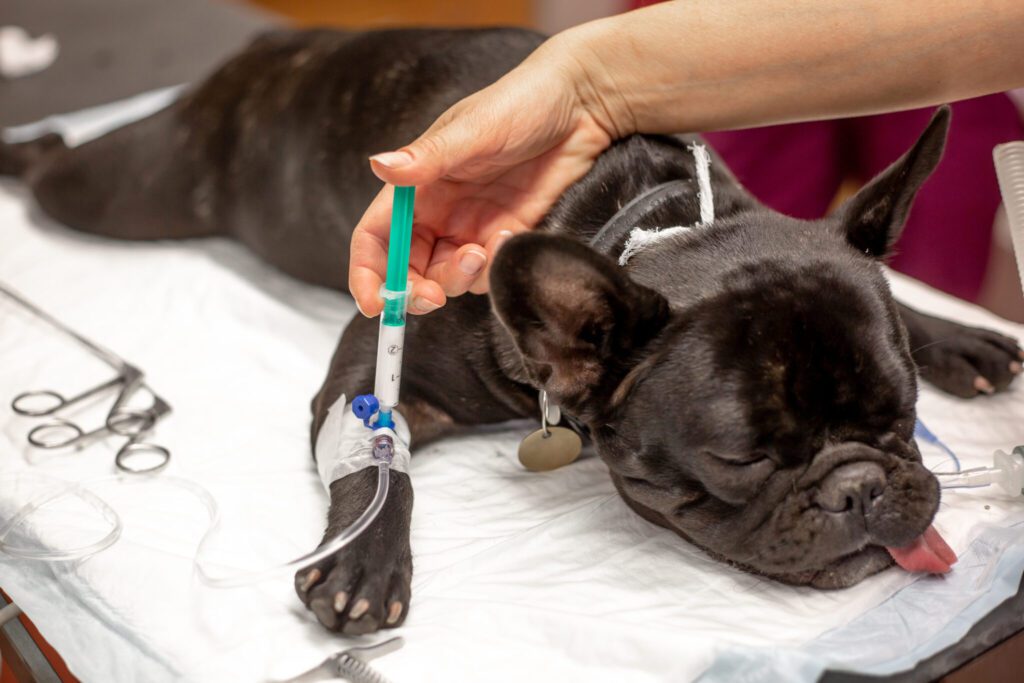Anesthesia in Dogs: Safety and Side Effects
Anesthesia in Dogs: Safety and Side Effects
If you’re reading this, you’re probably a bit worried about the idea of your fur baby undergoing anesthesia. Totally understandable! Anesthesia is often a vital component of many veterinary procedures, but of course, it’s natural to be concerned about the safety and potential side effects.
Today we’re diving into the nitty-gritty of anesthesia in dogs to keep you in the know. As always, we’re not veterinarians, but if you have any concerns, feel free to contact the caring professionals at Apex Vets in Silver Spring, MD for personalized guidance. Ready? Let’s get into it.

What is Anesthesia and Why Is It Used?
Anesthesia is a way to control pain during a surgery or procedure by using medicine. Think of it as putting your dog in a temporary, controlled state where they don’t feel discomfort.
Types of Anesthesia
You might be surprised to learn that there are a few types of anesthesia used in veterinary medicine. These can range from local anesthesia, which numbs a specific part of the body, to general anesthesia, which renders your pup unconscious and immobile for a short period.
Common Procedures Requiring Anesthesia
Anesthesia isn’t just for surgeries. It’s often used for routine procedures like dental cleanings, biopsies, and even some types of imaging. So, it’s not all about the heavy-duty stuff.
Safety Precautions in Administering Anesthesia
The good news? Veterinary medicine has come a long way, and anesthesia for dogs is safer than ever. But let’s talk about some of the safety measures that your vet should take.
Pre-Anesthetic Testing
Before going under, your vet may recommend blood tests or other diagnostics. This helps to determine if your dog is fit to undergo anesthesia and helps the vet pick the safest anesthetic agent for your pet.
Monitoring During the Procedure
While under anesthesia, a veterinary technician usually monitors your dog’s vital signs like heart rate, oxygen levels, and blood pressure to ensure everything is going smoothly.
Side Effects and Post-Procedure Care
Let’s chat about the elephant in the room: side effects. Anesthesia isn’t entirely risk-free, but side effects are typically rare and manageable. Some dogs may experience mild side effects like nausea, shivering, or drowsiness. These usually clear up on their own but are good to keep an eye on.
Post-Procedure Care
After the procedure, your vet will give you specific instructions for at-home care. This may include keeping your pooch calm and comfortable, as well as watching for any signs of distress.
While anesthesia can seem scary, it’s a critical tool in modern veterinary medicine that enables your dog to receive the care they need without unnecessary pain. Safety precautions and advancements in the field have made it safer than ever.
Still have questions? Please contact Apex Vets in Silver Spring, MD. We’re always here to give you peace of mind when it comes to the health and well-being of your four-legged family members.
